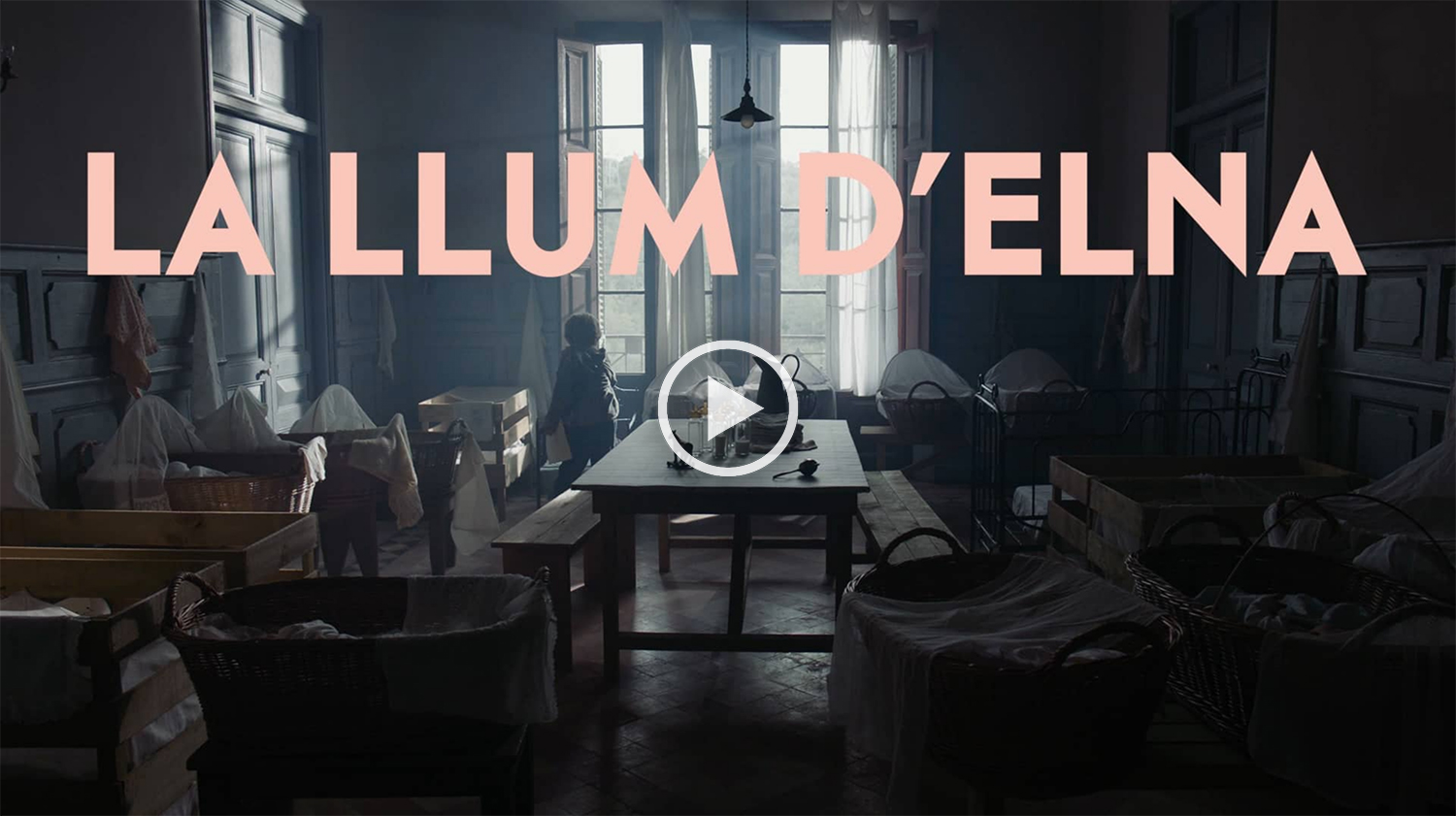


Elisabeth Eidenbenz – The Light of Elna


Discover the history behind ten emblematic locations in Sants and Les Corts through the eyes of ten artists in this online exhibition navigated through QR codes that you will find in the places marked on this map. In addition, each month, for a few days only, a site-specific artwork will be installed in one of the locations, creating interpretation layers of historical memory. Visit the online route and don’t miss the onsite exhibitions! They will be announced here.
***
“How one Swiss nurse hid hundreds of pregnant women and their kids from the Nazis. The Light of Elna shares the little-known story of Elisabeth Eidenbenz, who saved young refugees during the Spanish Civil War and WWII through her French maternity clinic.” – Rich Tenorio, The Times of Israel
 WATCH THE FILM THE LIGHT OF ELNA (2017)
WATCH THE FILM THE LIGHT OF ELNA (2017)
PRODUCTION CREDITS
The Light of Elna (2017)
Gaudí Award for the best film for television in the 10th edition.
Production: Televisió de Catalunya, Distinto Films, Radio Télévision Suisse, Producciones Cibeles, Radio Televisión Española, Bohemian Films, with the participation of Canal Sur Radio y Televisión and with the collaboration of the Department of Culture of the Generalitat de Catalunya, 2016
Direction: Sílvia Quer
Screenplay: Margarita Melgar
TVC executive producers: Susanna Jiménez and Cruz Rodríguez
Executive producer: Miriam Porté
Director of Photography: Sergi Gallardo
Music: Federico Jusid and Lucio Godoy
Performers: Noémie Schmidt (Elisabeth Eidenbenz), Nausicaa Bonnín (Victoria), Natalia de Molina (Carmen), Blanca Romero (Maya), Nora Navas (Aurora), Max Sampietro (Pat), Abril Álvarez (Neus), Albert Fernández (David) ), Pep Anton Muñoz (Curator), Pere Ponce (Doctor Hubert), Marie Fontannaz (Raquel), Marie-Christine Friedrich (Friedel), Stéphanie Schneider (Sabine) and Isak Férriz (Ramon).
Elna, cradle of exiles
ARTISTIC CONTEXT
The television movie The Light of Elna also known as The Light of Hope is based in Elne, South of France, in 1942. For the past three years, the maternity home in Elne restored dignity to pregnant women interned in the refugee camps, saving their babies’ lives, and providing peace and moments of happiness and normality amidst the horrors of war. Now, the home’s closure seems imminent. Its director and protagonist, Elisabeth Eidenbenz, together with her colleagues and the group of resident mothers confront the French authorities in order to keep this activity alive.
The Light of Elna directed by Silvia Quer is based on research published by historian and writer Assumpta Montellà in her books La Maternitat D’Elna. Bressol dels exiliats (Elna’s Maternity. Cradle of the exiles) and Elisabeth Eidenbenz: Més Enllà de la Maternitat D’Elna (Elisabeth Eidenbenz: Beyond Elna’s Maternity Home). The TV movie is recorded in French, Catalan and Spanish. It is interesting to note that Quer, Director of the TV movie decided to present the film in television format specifically because this medium is commonly used to channel the news: contemporary news reports on the forced migration still seeking refuge in the Mediterranean, near the villages of Elna and Calonge where the film was shot. The Light of Elna won the Gaudí Award for best television film in its 10th edition.
HISTORICAL CONTEXT
Elisabeth Eidenbenz was a young teacher and nurse who left Switzerland in 1937 to volunteer in Madrid during the Spanish Civil War. After the fall of the Spanish Republic in 1939, Elisabeth was displaced to France with the Republican exiles. Here she witnessed the inhumane conditions they were subjected to when French refugee camps quickly deteriorated to concentration camps with a 95% mortality rate during childbirth.
After being forced to close her first small maternity hospital, at the age of 25 she rents an abandoned mansion on the outskirts of the village, turning it into the Maternity of Elne, on the French border with Spain. The humanitarian institution she founded and ran was a haven of peace amid the terrors of war. Here, she and her collaborators helped save the lives of 597 babies born between 1939 and 1944 to Spanish, Jewish and gypsy refugees fleeing fascist and Nazi regimes.
SITUATIONAL CONTEXT
The street in les Corts dedicated to Elisabeth Eidenbenz is fittingly situated on the left side of the Maternitat grounds. Walking through it from Travessera de les Corts, one passes next to the Ave Maria pavilion, originally dedicated to breastfeeding and weaned children, followed by the Garbi Pavilion which housed an autopsy room and an underground morgue, and the Pink Pavilion, where pregnant single women were discreetly hospitalized to give birth. These infants and orphans were raised in the Provincial House of Maternity and Foundlings in Barcelona and educated in the system developed by the Italian pedagogue María Montessori where classes were held with lay teachers in Catalan, an innovation for the time.
Texts source: Title: Rich Tenorio article from The Times of Israel (2019), Summary of the plot by Roger Riera in IMDb, Wikipedia, Dr. F. Miguel de Toro: The Republican Exile and the Maternity of Elna (2020) The Room of Numbers, The Maternity of Elna by Assumpta Montellà, Sapiens.cat, Audio: A la carte TV3: Elna, cradle of exiles
Images source: Barcelona Provincial Council General Archive, Barcelona Photographic Archive (AFB), Swiss Red Cross Federal Archives (Bern), the permanent exhibition of the Swiss maternity hospital in Elne, joan ggk
DISCOVER THE ONLINE WORKS THROUGH A ROUTE ON YOUR DEVICE
For more information on the other works of art participating in the exhibition, see Related Exhibitions
Compartir